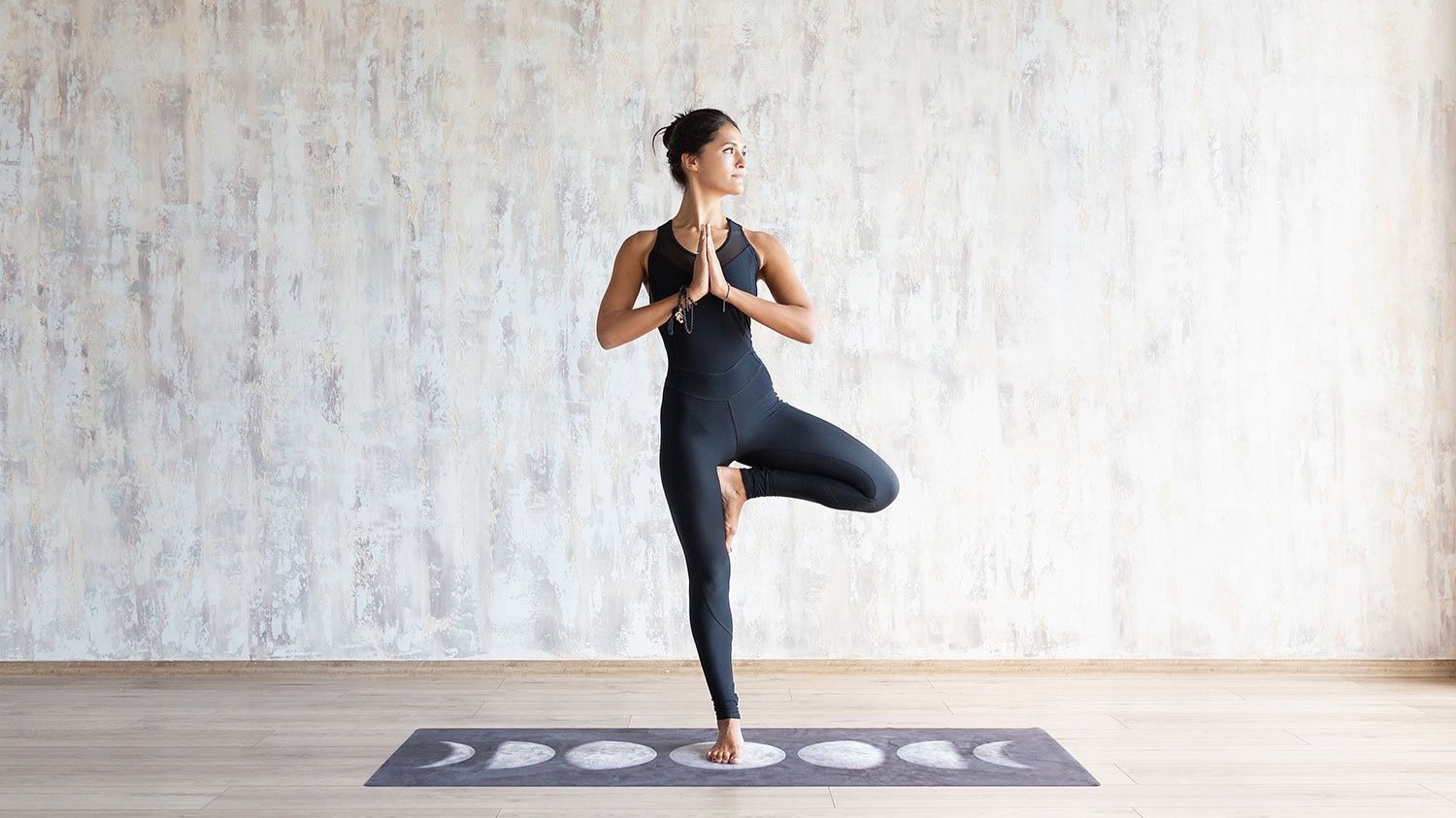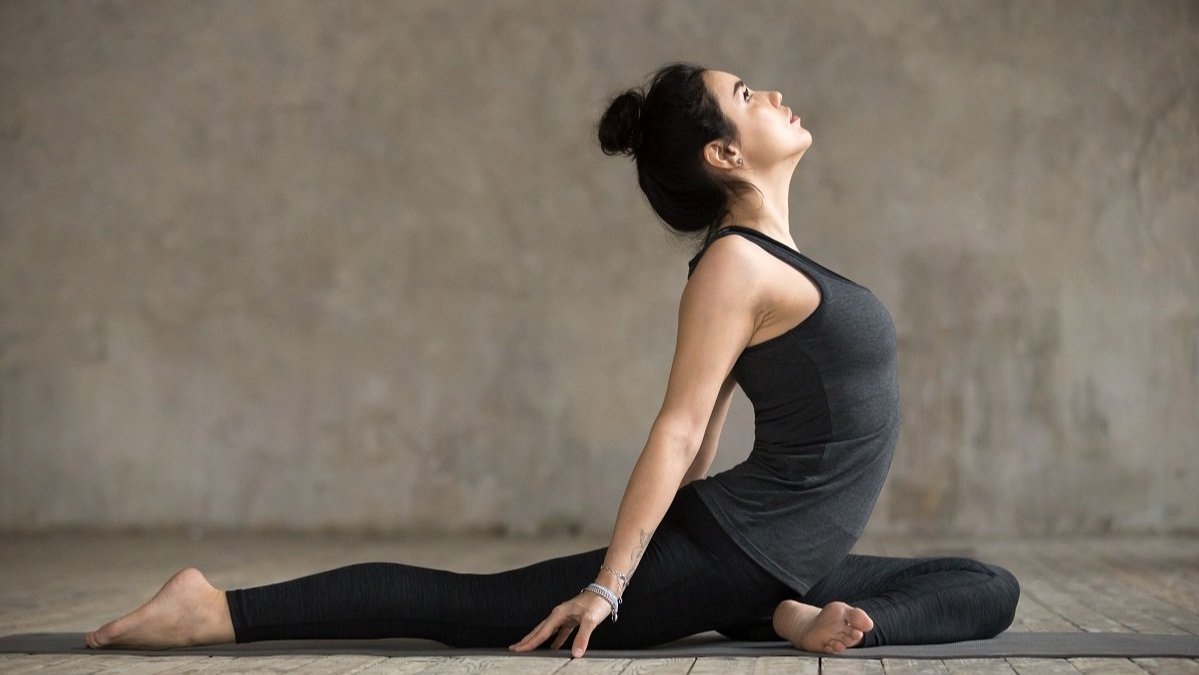In the beginning of time, a divine being sat absorbed in deep, blissful meditation. He sat with legs crossed at the mouth of a cave on the peak of a cosmic mountain, meditating upon his breath. Millions of years passed with his every breath. His name was Shiva.
In his state of complete and full absorption, he was unaffected by the external world. He was anchored in bliss and felt great contentment. But one day, Shiva felt a stir inside him. From a still, silent place within, the subtle pull of kama (desire) awoke. This stir of desire grew into a rippling, pulsating field known as spanda.
Shiva opened his eyes from his millennia of deep, transcendental meditation. His gaze landed upon the figure of the Goddess, Shakti, dancing and weaving around him in beautiful spirals. As their eyes met, spanda pulsed with an even greater vigor, and Shiva’s longing for her grew.
As the Goddess danced, Shiva held space for the beauty of her form and movement. In that moment, the world was born. The Goddess pulled a great cauldron out from the ether and poured in the element of earth. The cauldron gave birth to great mountains, canyons and plains that carved their way into our great and powerful planet. She poured in the element of water, which nourished the ground with rivers, lakes, streams and divine oceans. She poured in the element of fire, which brought us summertime, blooming flowers, bonfires and our sun-filled days. And finally, she poured in air, which brought us the great winds and gaseous chemicals that support all of life on earth. These elements stirred and churned with the great spanda, pulsation, of divine masculine and feminine connection; this gave birth to animals, plants and the entire world as we know it.
Masculine and feminine energy exists within each and every one of us, regardless of our sex and gender. Both of these energies are necessary for the balance and longevity of life here on earth, but can easily fall out of balance.
HARNESSING THE MASCULINE AND THE FEMININE
The masculine in balance offers us structure, discipline, organisation, protection, and containment. When the masculine is allowed its true expression, it holds space for the more organic parts of life while keeping us on track with our vision and goals. In our modern day, we’ve found ourselves in a time of excessive masculinity, which has led to a culture revolved around overachievement, overconsumption and reckless overuse of the resources of the earth for personal or industrial gain. We’re left feeling overworked, stressed and undernourished. When we live this way, it can lead to a degradation in our health and the natural environment.
Even in the world of yoga and spirituality, a similar dynamic is at play. Our practices easily become too forceful, competitive and regimented. Much of the asana we practice was originally designed for 15-year-old male bodies! Masculine practices focus on transcending the body to attain a state of enlightenment. These practices are powerful in the right context, but must be balanced by the feminine. When we only feed masculine practices, we are getting just half of the story. These practices focus on aesthetics, purification, strict and regimented movement and big, heady philosophy organised in linear charts and formulas.
Where the masculine focuses on transcendence, the feminine brings us into embodiment. Bliss is something we experience right here and right now, in the midst of imperfection. Feminine movement happens organically, intuitively and in spirals. Feminine meditation cultivates body awareness, acceptance, emotional expression and pleasure. The feminine brings us into our feeling, sensing and ever-changing bodies. We are drawn to experience the world with presence, joy and heart.
OUR TOP TIPS FOR BALANCING THE MASCULINE AND THE FEMININE
Ask yourself throughout the day, “Am I in a state of doing (trying to get somewhere) or being (accepting myself as I am)?”
Add more intuitive, circular movements to your yoga practice. Close your eyes and let your body lead the way.
Use your hands to feel your body. This nourishes our desire for touch and intimacy.
Breathe into the pelvic floor and womb space. This is a plexus where feminine power resides.
Get outside and connect to Mother Earth.
Practice gratitude. When we do this, we can connect to the spirit of generosity in the world and in nature.If you found this article beneficial, please spread the love and share it with your friends!






